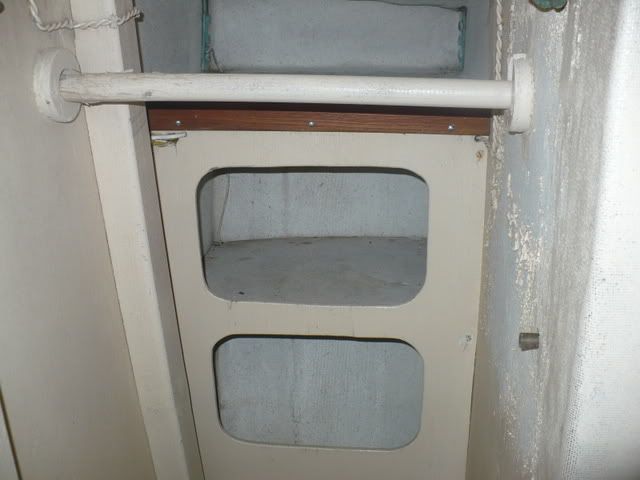Wikipedia wrote:
Verdigris
From Wikipedia, the free encyclopedia
Jump to: navigation, search
Verdigris in Prague Underground
Verdigris is the common name for the green coating or patina formed when copper, brass or bronze is weathered and exposed to air or seawater over a period of time. It is usually a basic copper carbonate, but near the sea will be a basic copper chloride.[1] If acetic acid is present at the time of weathering, it may consist of copper(II) acetate. Its name comes from the Middle English vertegrez, from the Old French verte grez, an alteration of vert-de-Grèce ("green of Greece"). The modern French spelling of this word is vert-de-gris.

The vivid green color of copper(II) acetate makes this form of verdigris a very common pigment. Until the 19th century, verdigris was the most vibrant green pigment available and frequently used in painting. Verdigris is lightfast in oil paint, as numerous examples of 15th century paintings show. However, its lightfastness and air resistance is very low in other media. Copper resinate, made from verdigris, isn't lightfast, even in oil paint. In the presence of light and air, green copper resinate becomes stable brown copper oxide. This degradation is to blame for the brown or bronze color of grass or foliage in many old paintings, although not typically those of the "Flemish primitive" painters such as Jan van Eyck, who often used normal verdigris. In addition, verdigris is a fickle pigment requiring special preparation of paint, careful layered application and immediate sealing with varnish to avoid rapid discoloration (but not in the case of oil paint). Verdigris has the curious property in oil painting that it is initially bluish-green, but turns a rich foliage green over the course of about a month. This green is stable. Verdigris fell out of use by artists as more stable green pigments became available.
Verdigris has also been used in medicine and as a fungicide.
Copper(II) acetate is soluble in alcohol and water and slightly soluble in ether and glycerol. It melts at 115 °C and decomposes at 240 °C. It can be prepared by reacting copper(II) oxide, CuO, or copper(II) carbonate, CuCO3, with acetic acid, CH3COOH . It is used industrially as a fungicide, a catalyst for organic reactions, and in dyeing (The Merck Index , Ninth Ed., 1976).
[edit] External links
* National Pollutant Inventory - Copper and compounds fact sheet
[edit] References
1. ^ Sharp, D. W. A: "Penguin Dictionary of Chemistry", page 419. Penguin Books, 1990 (2nd edition)




